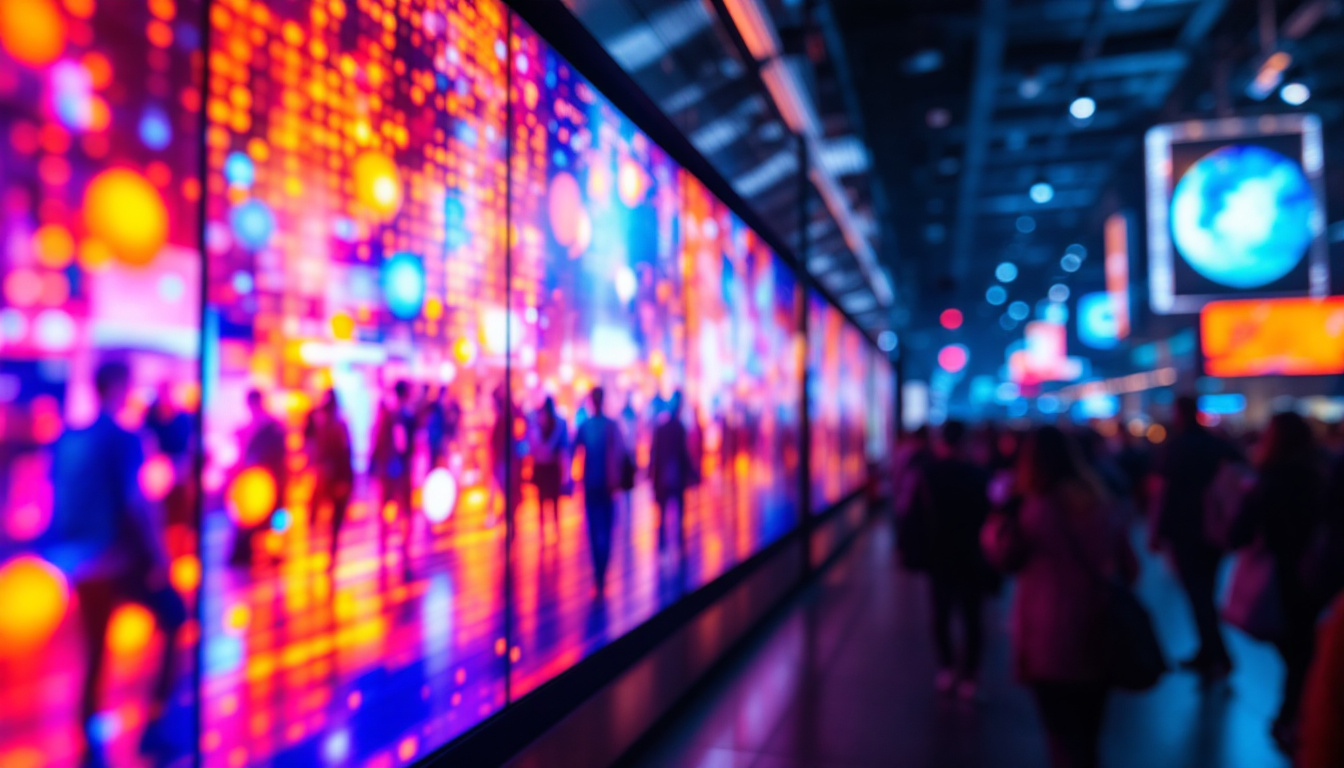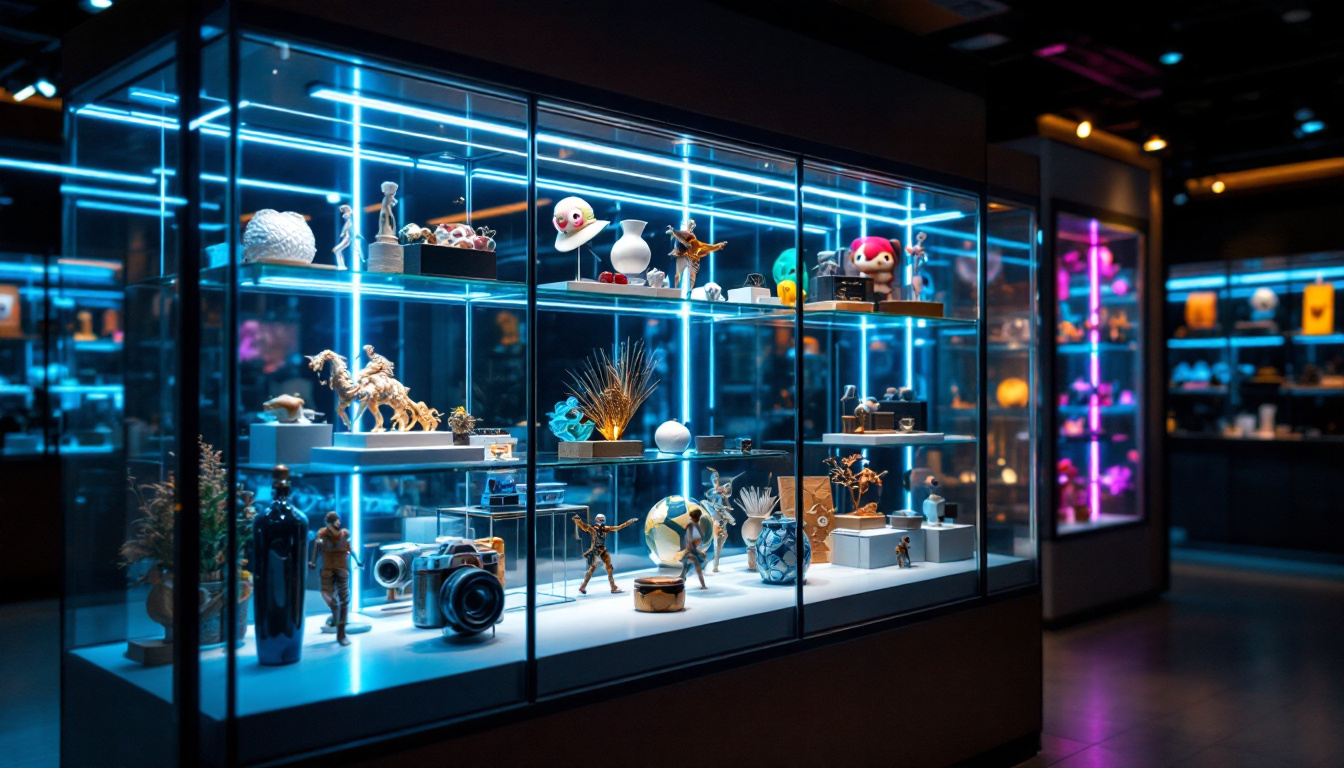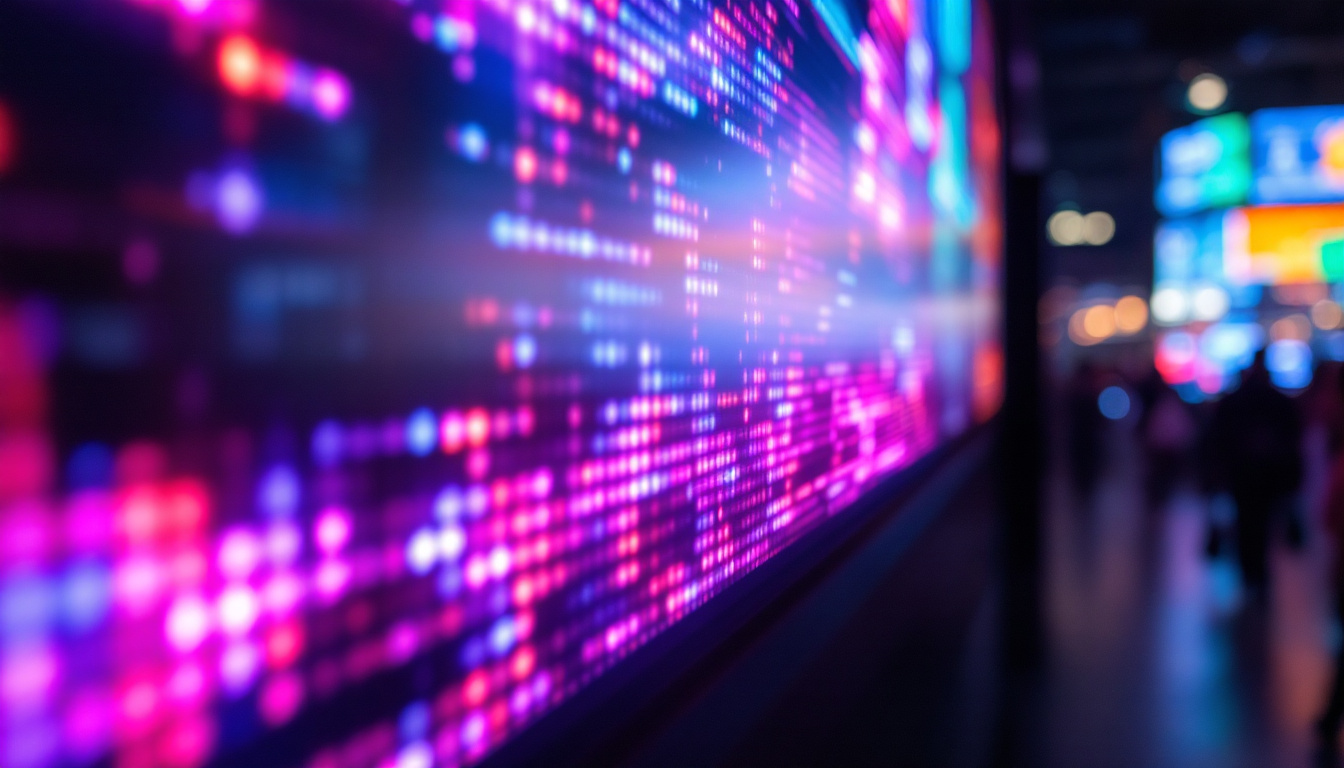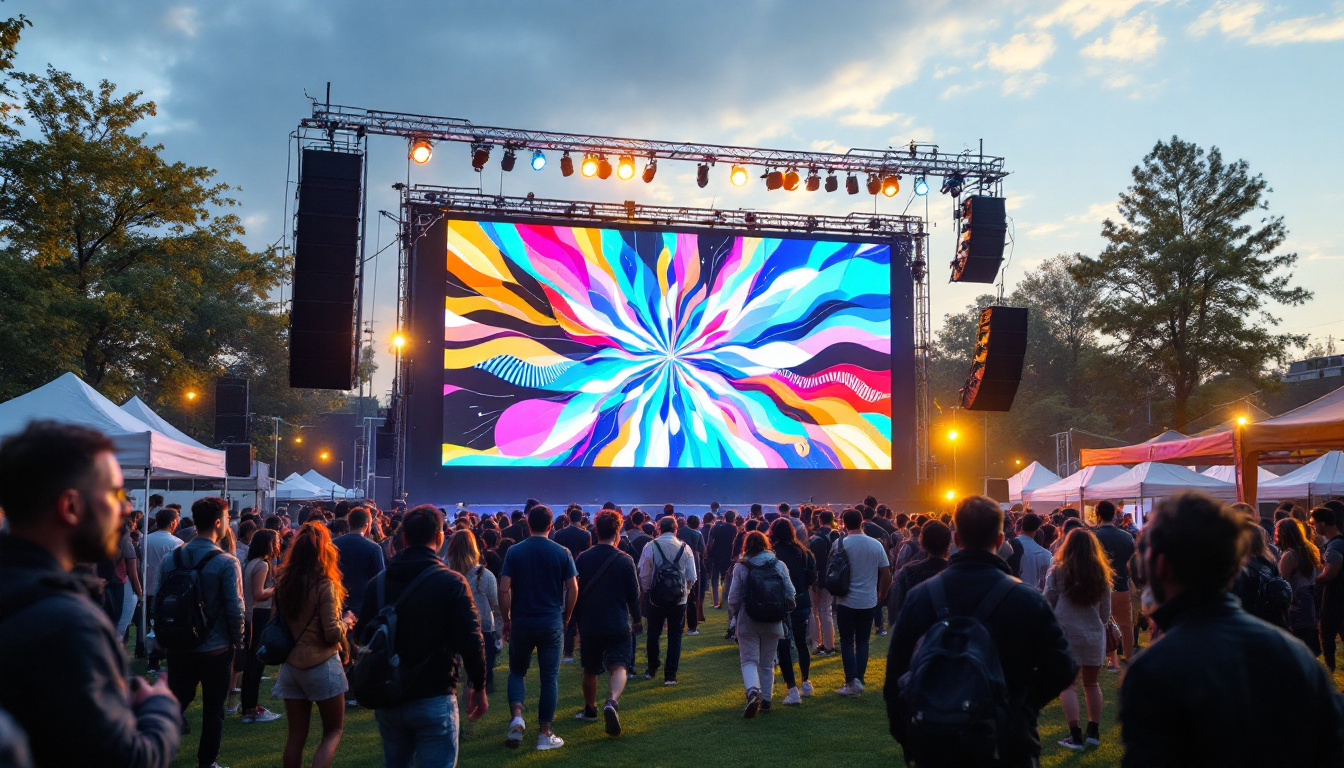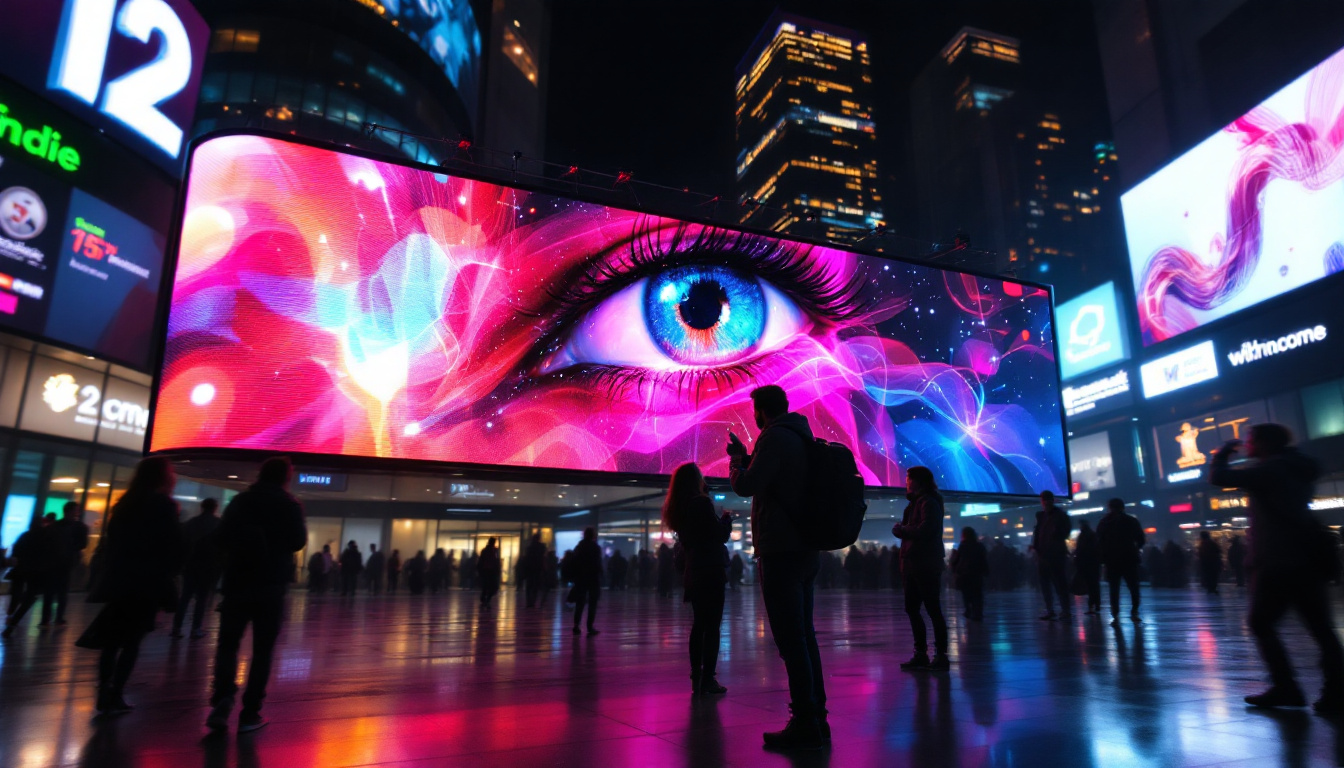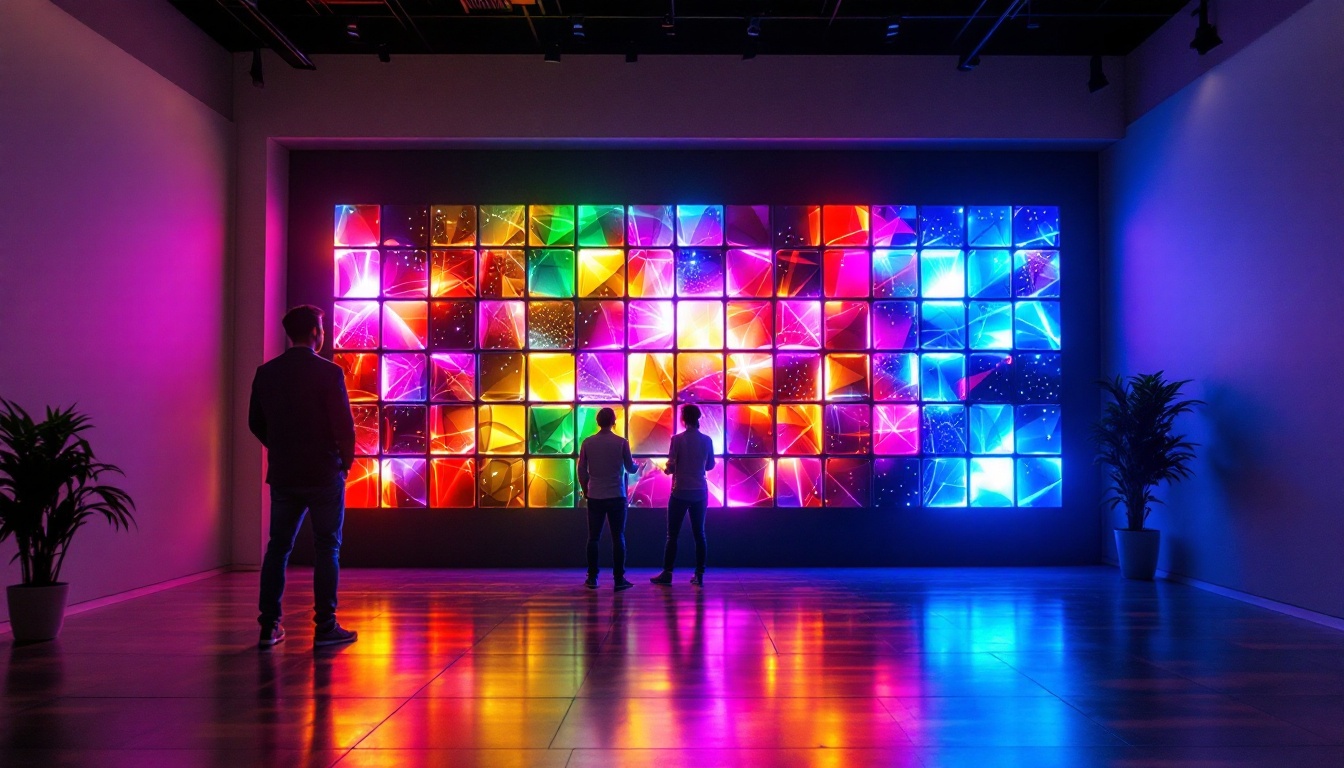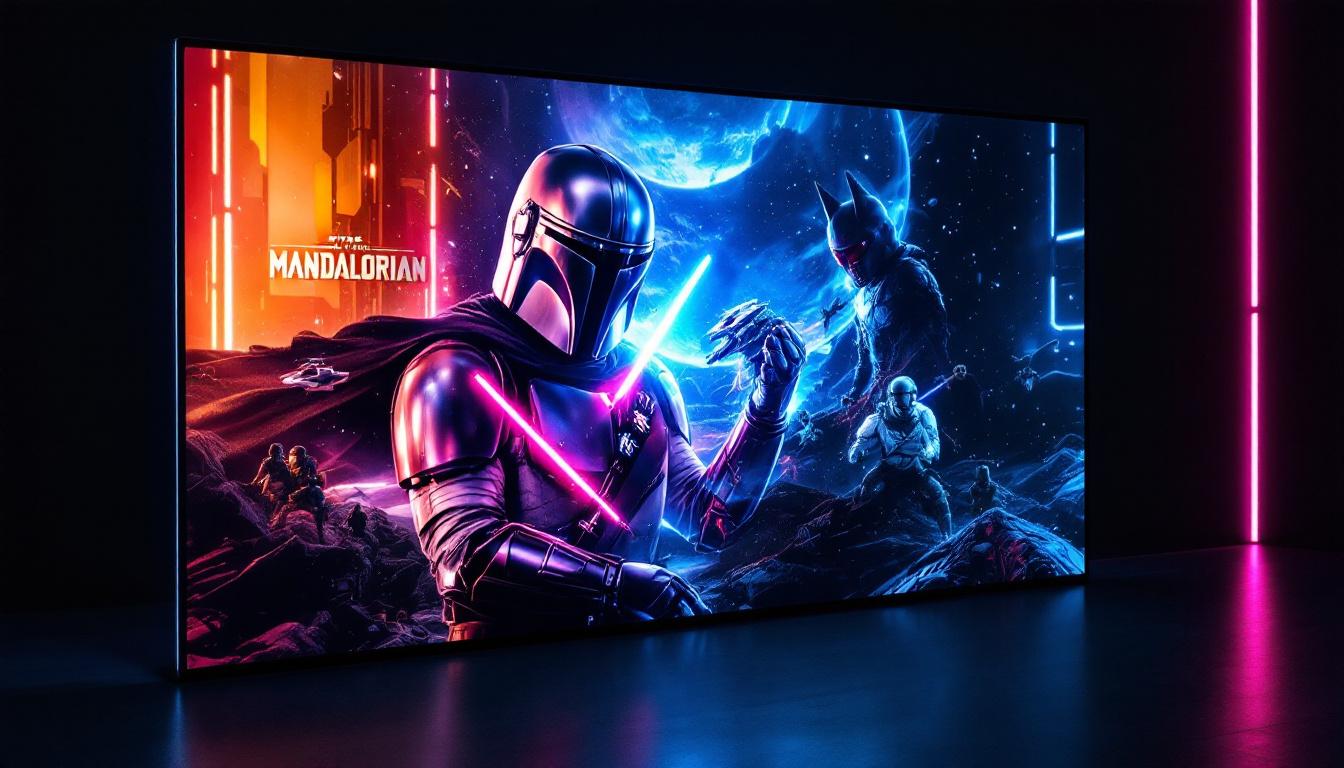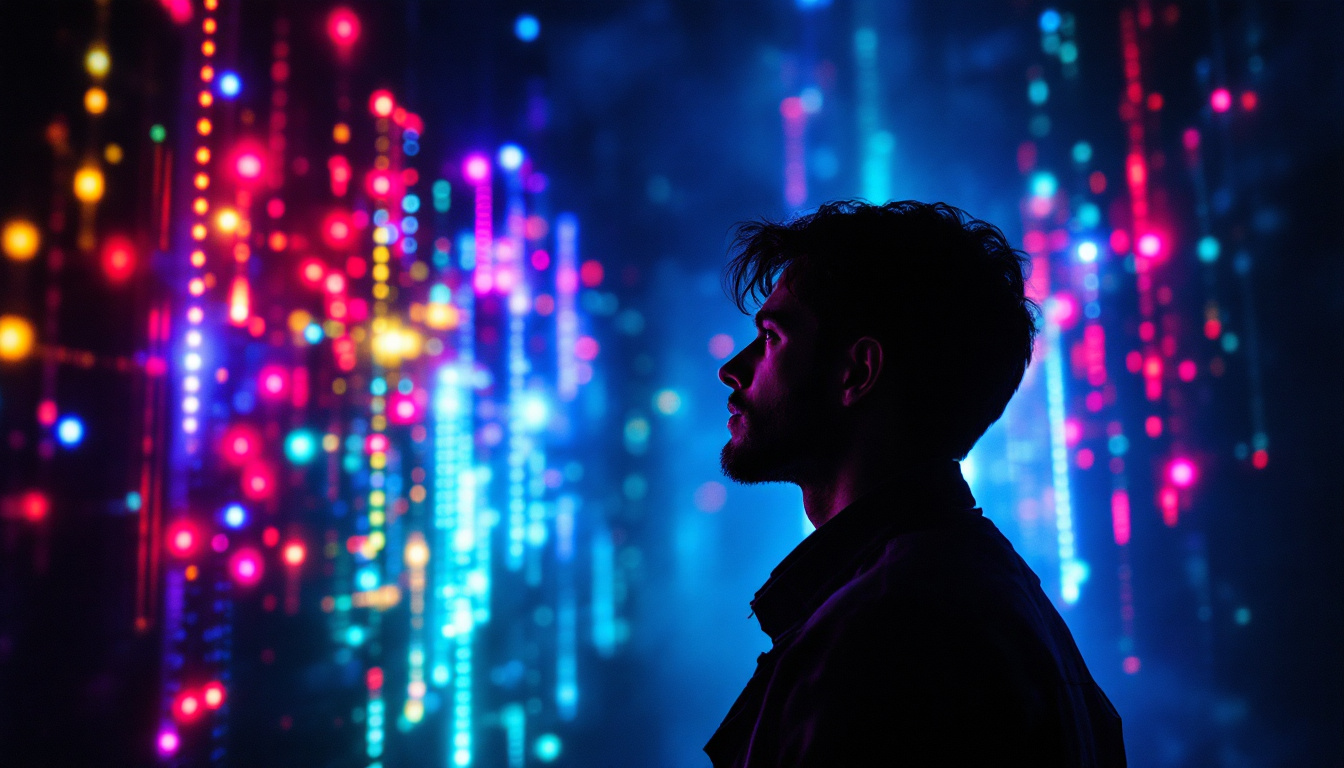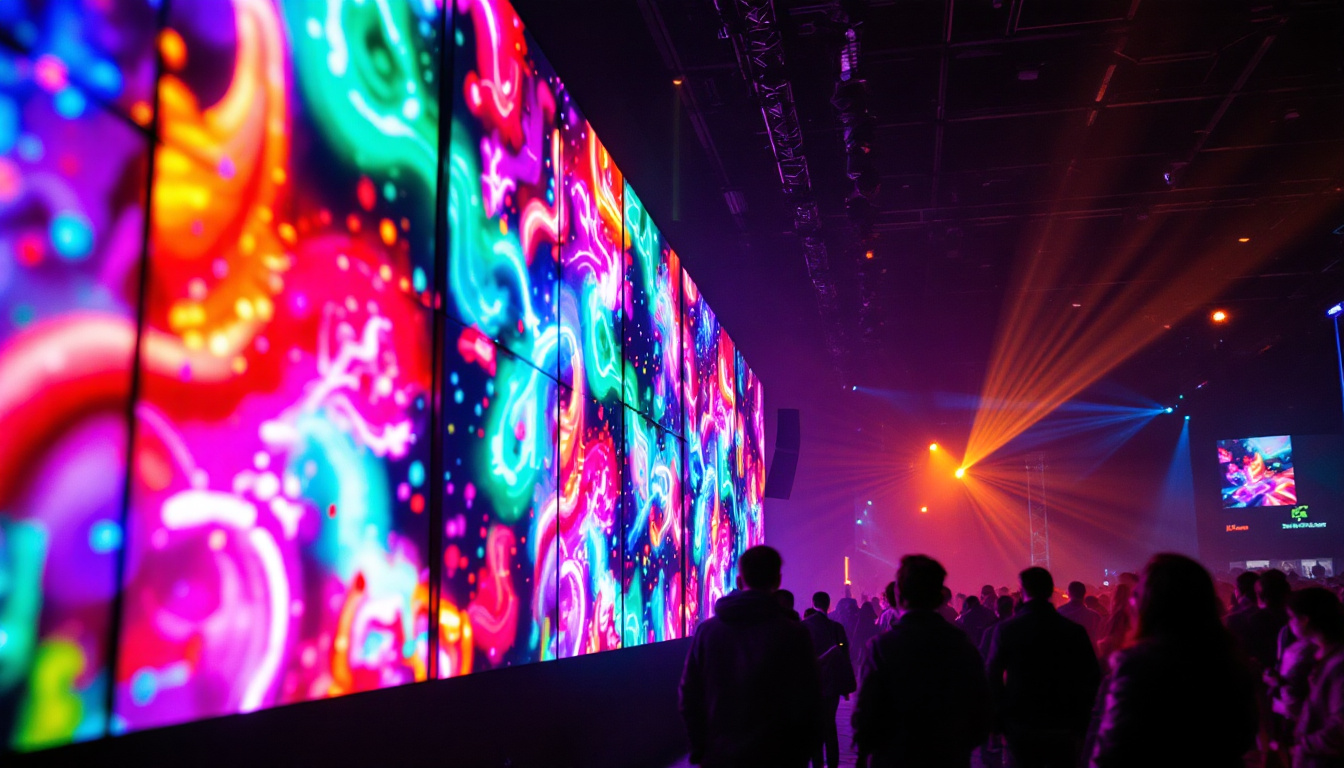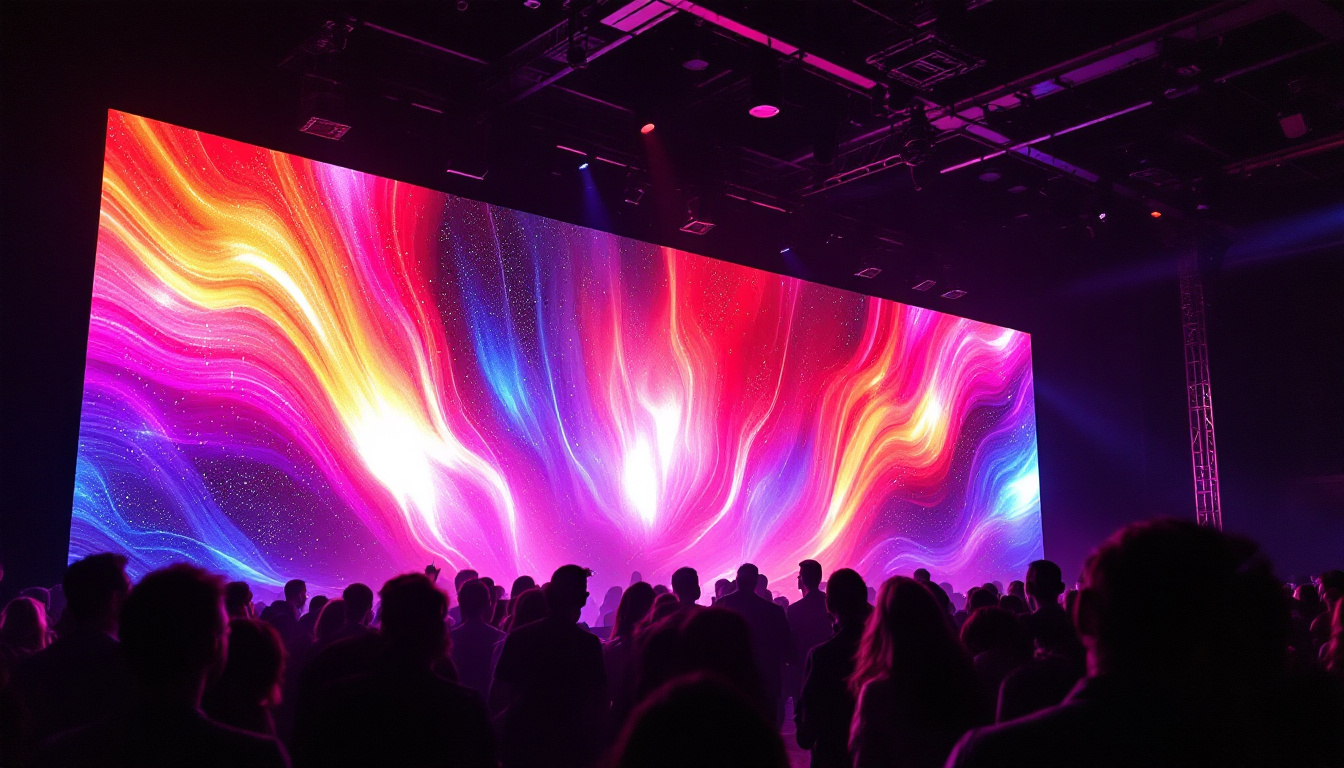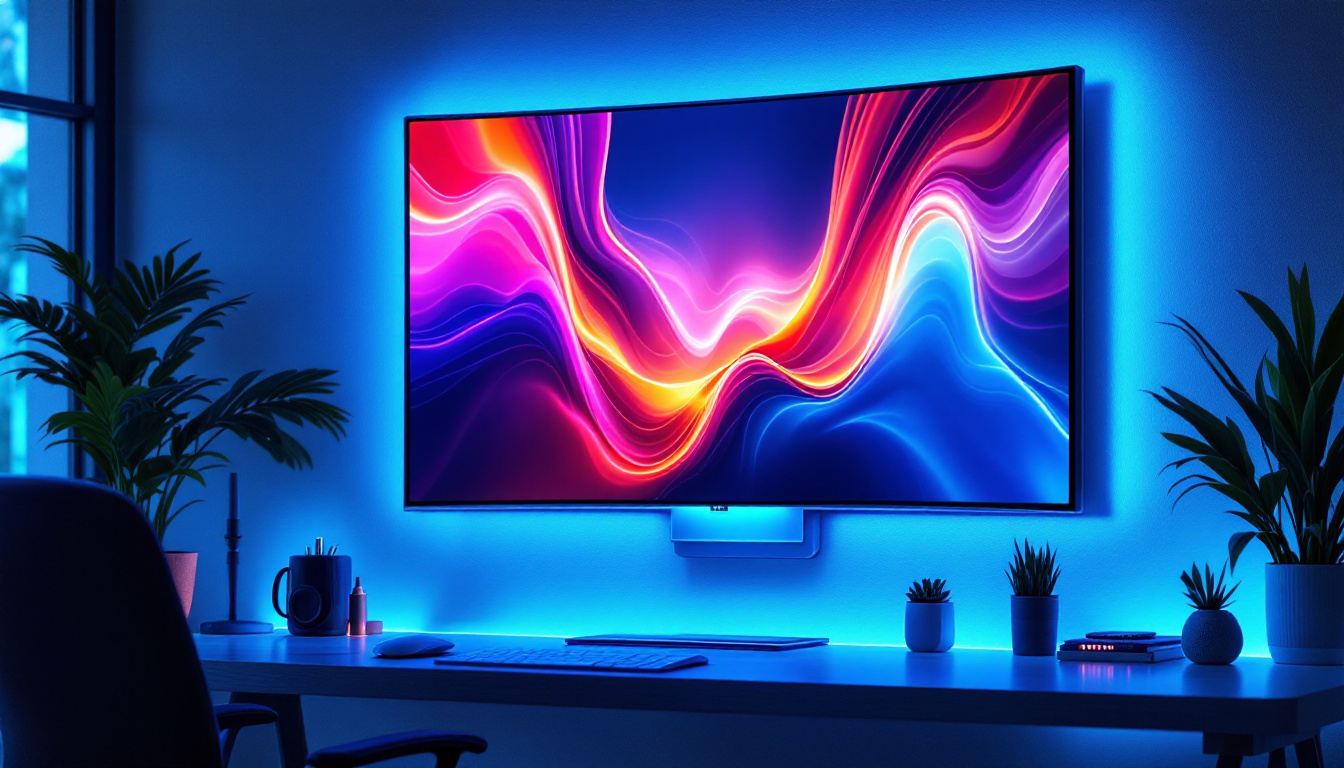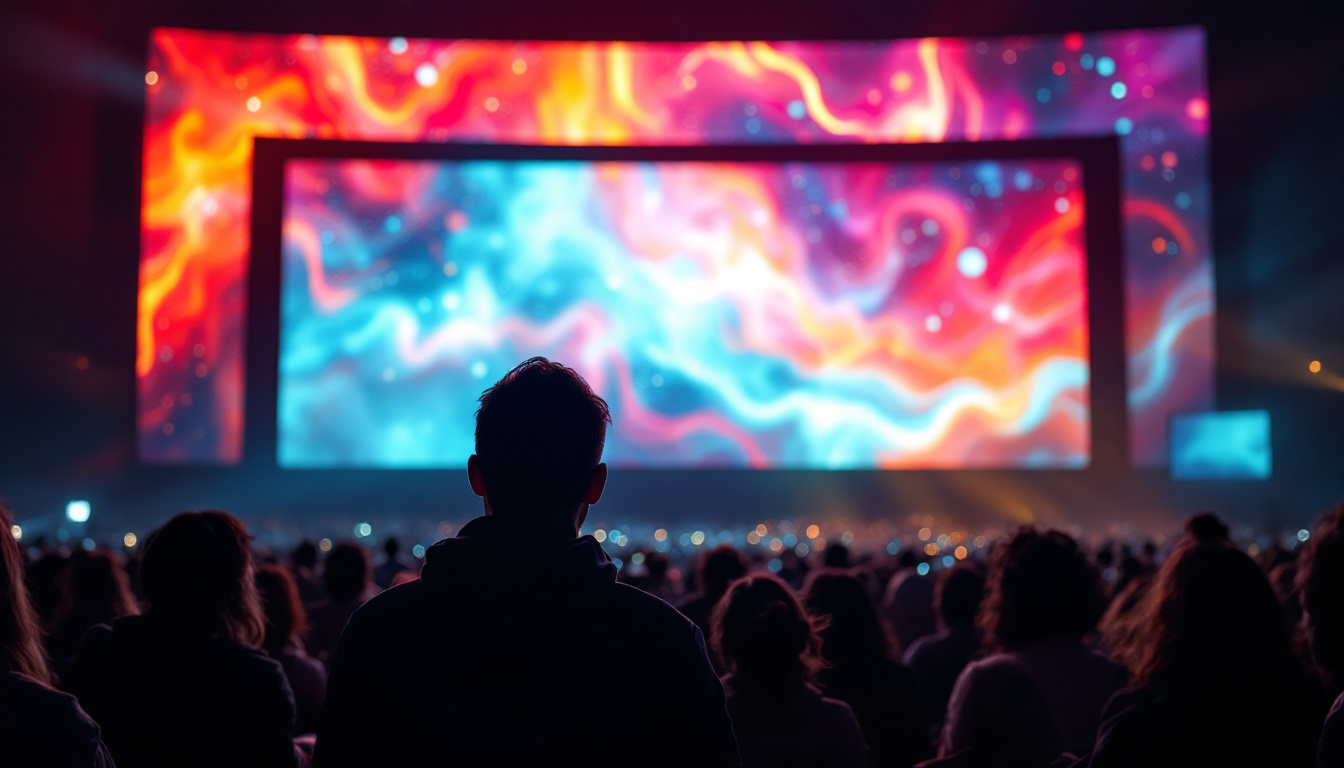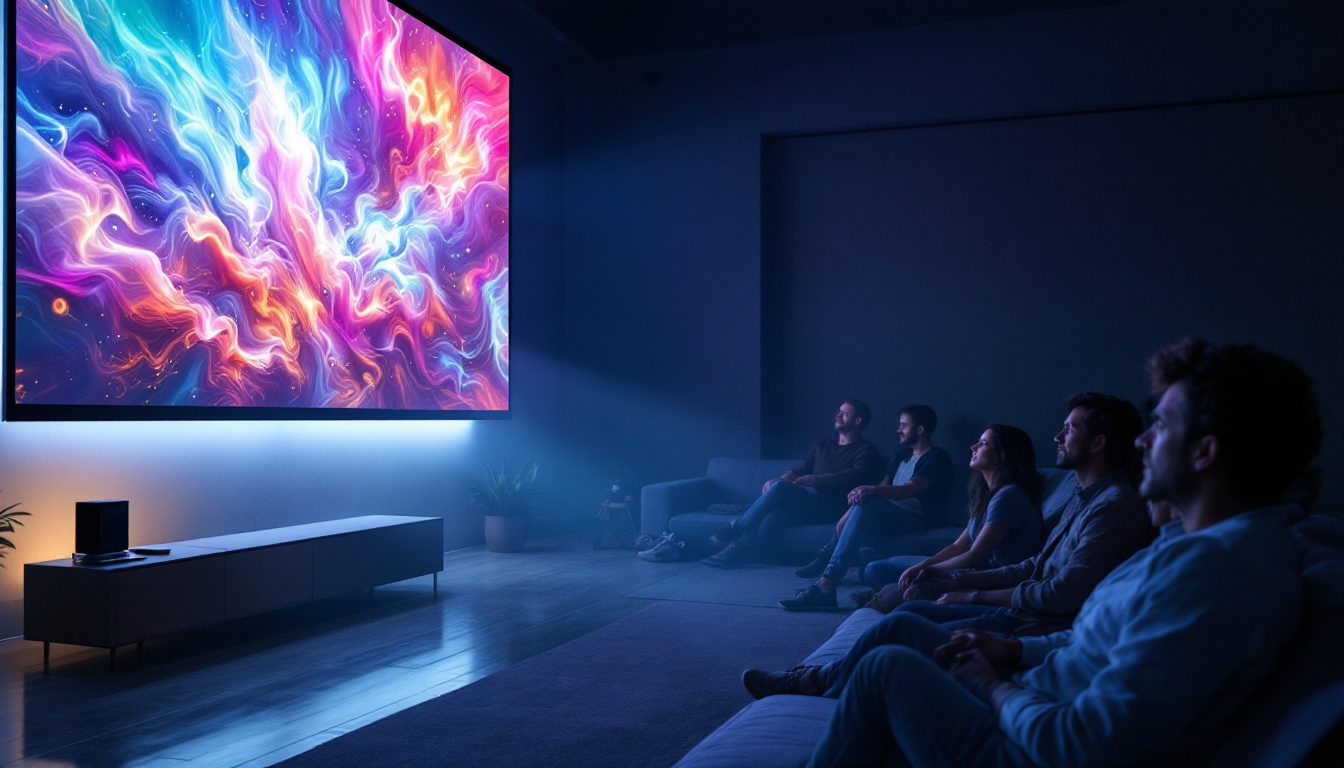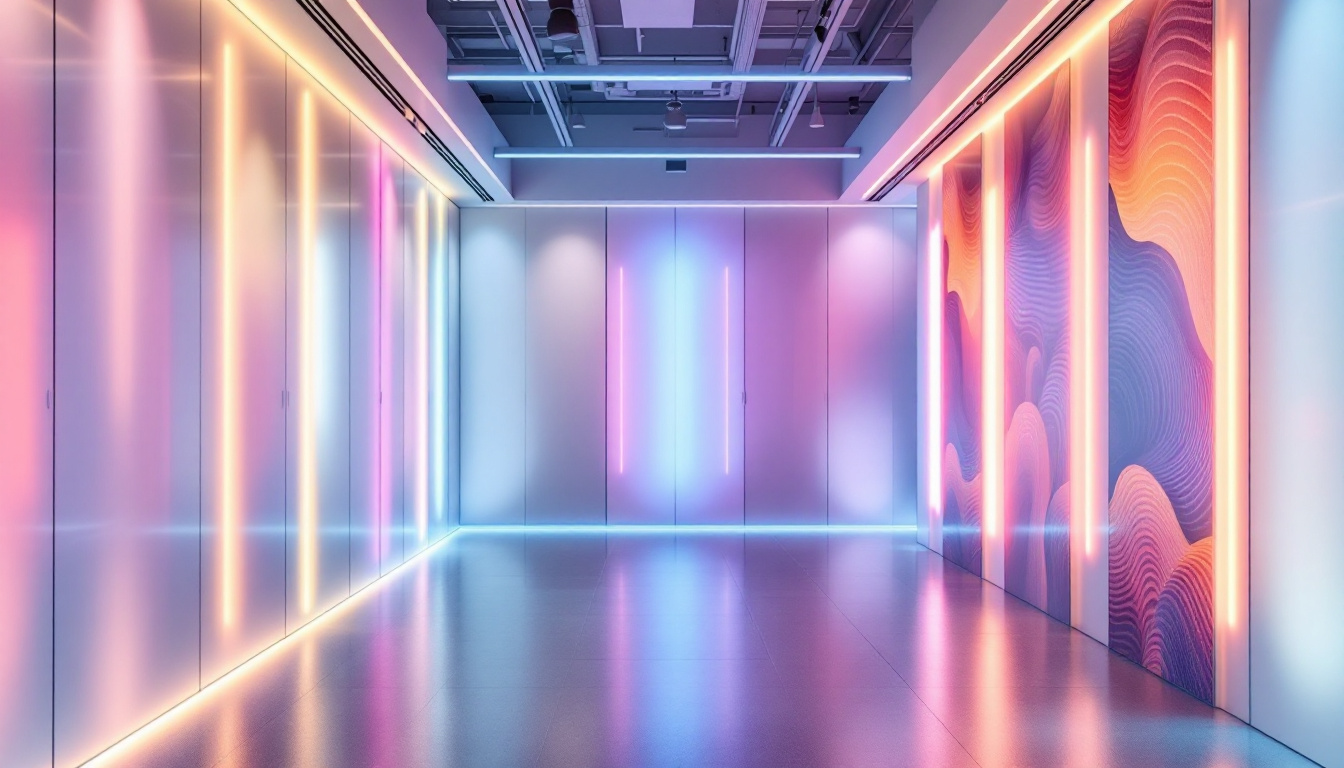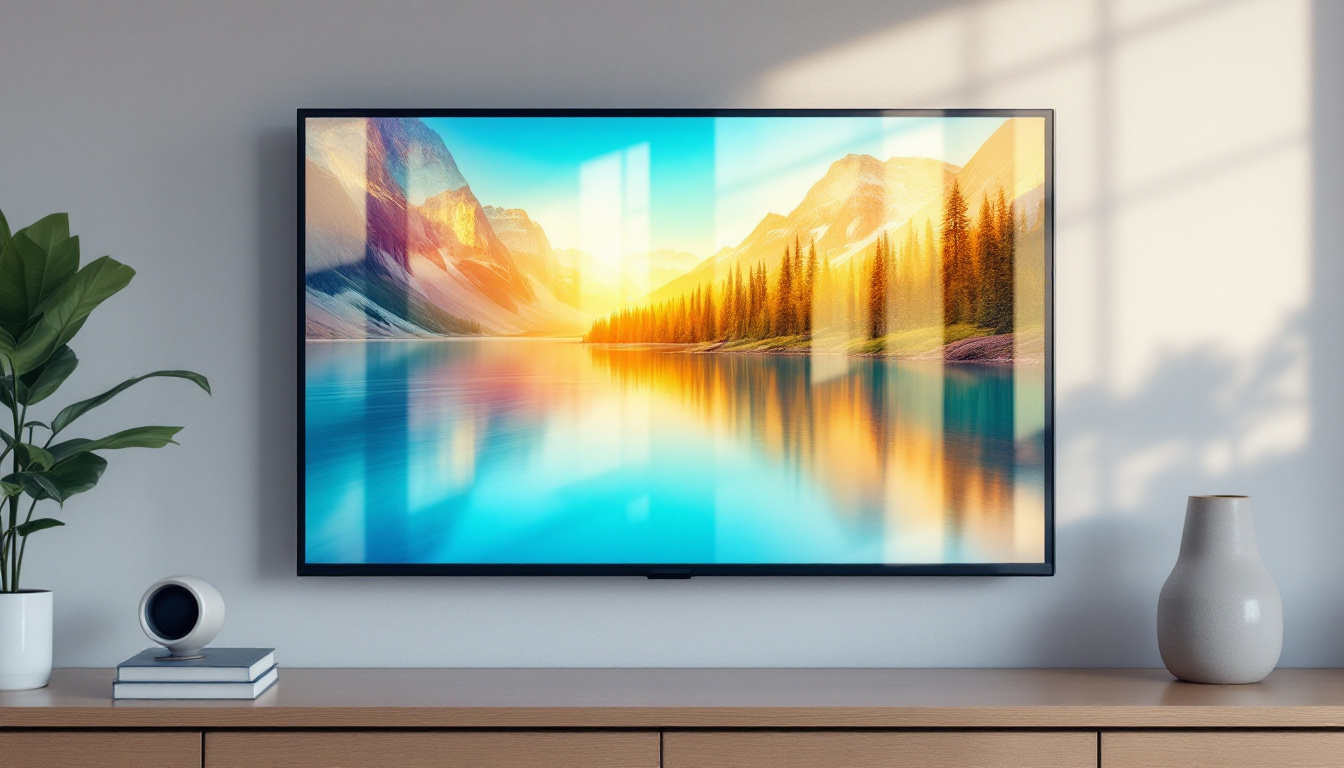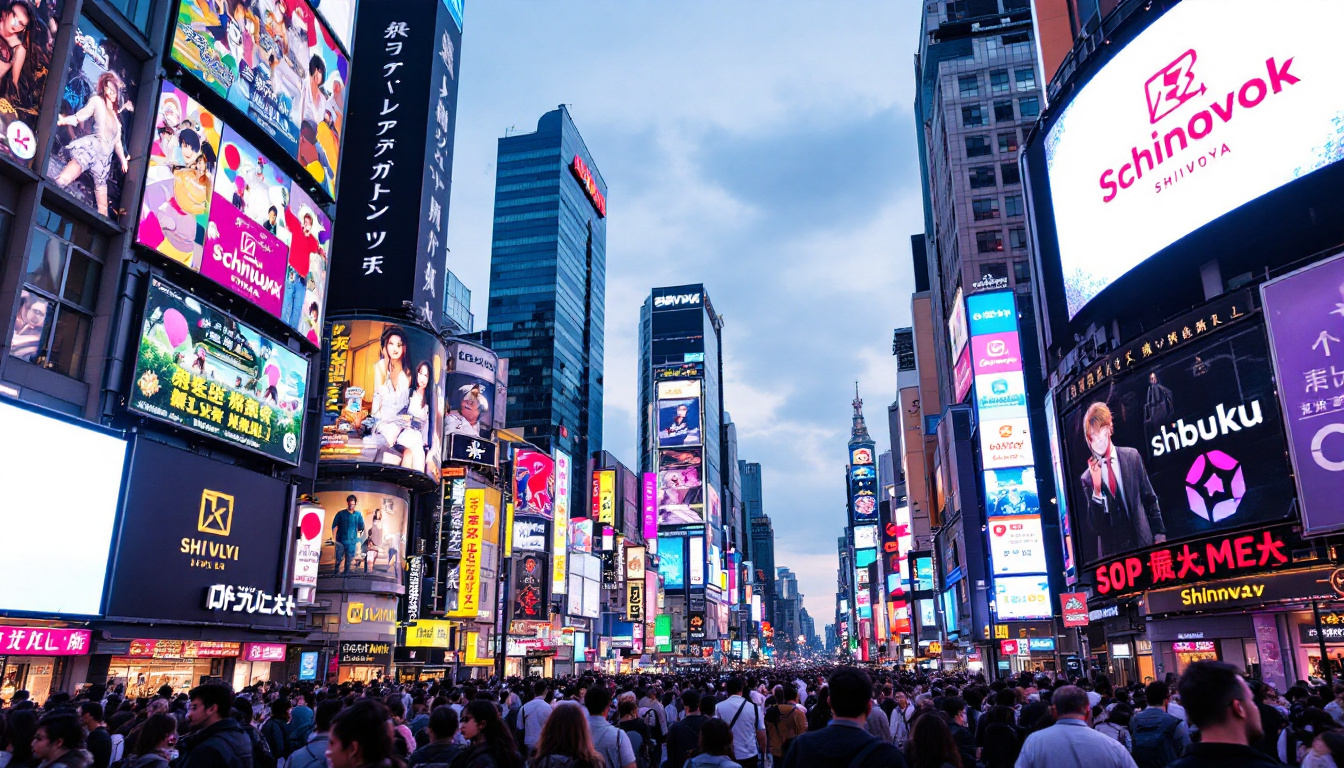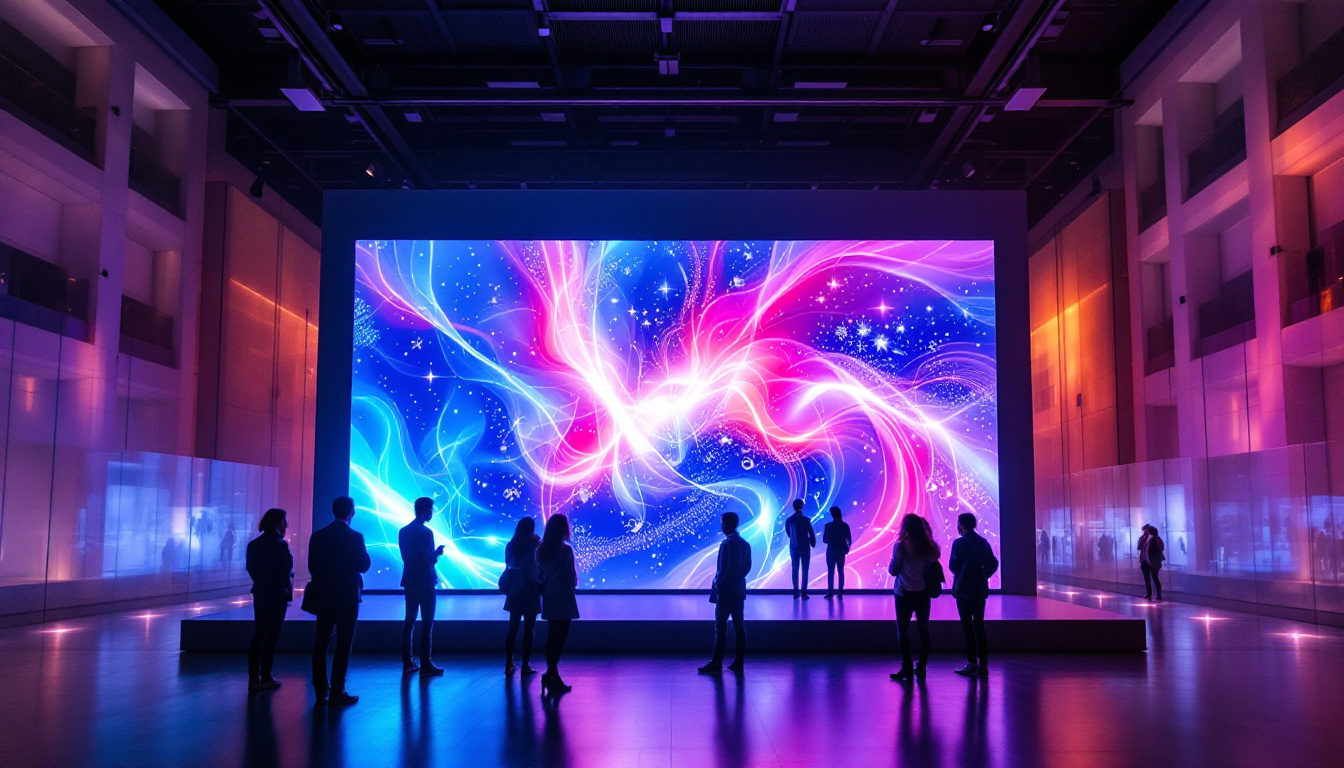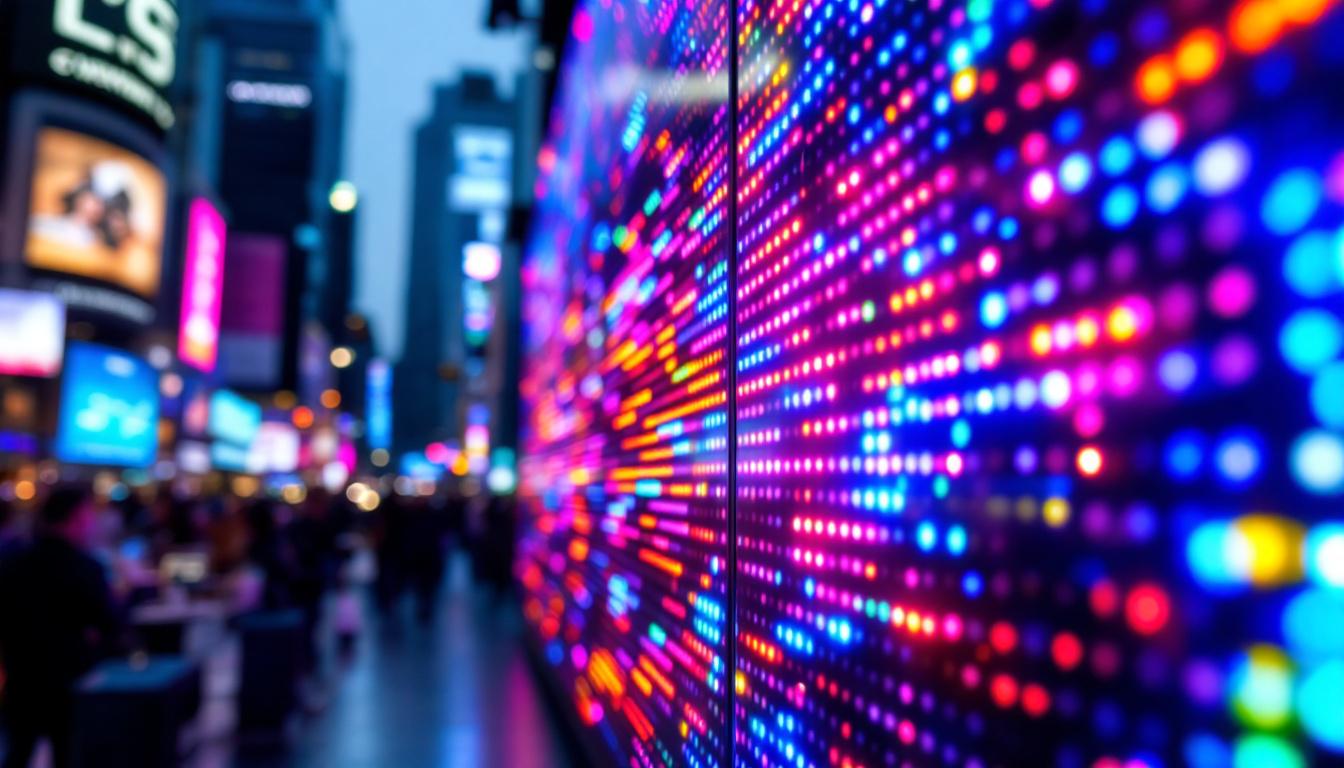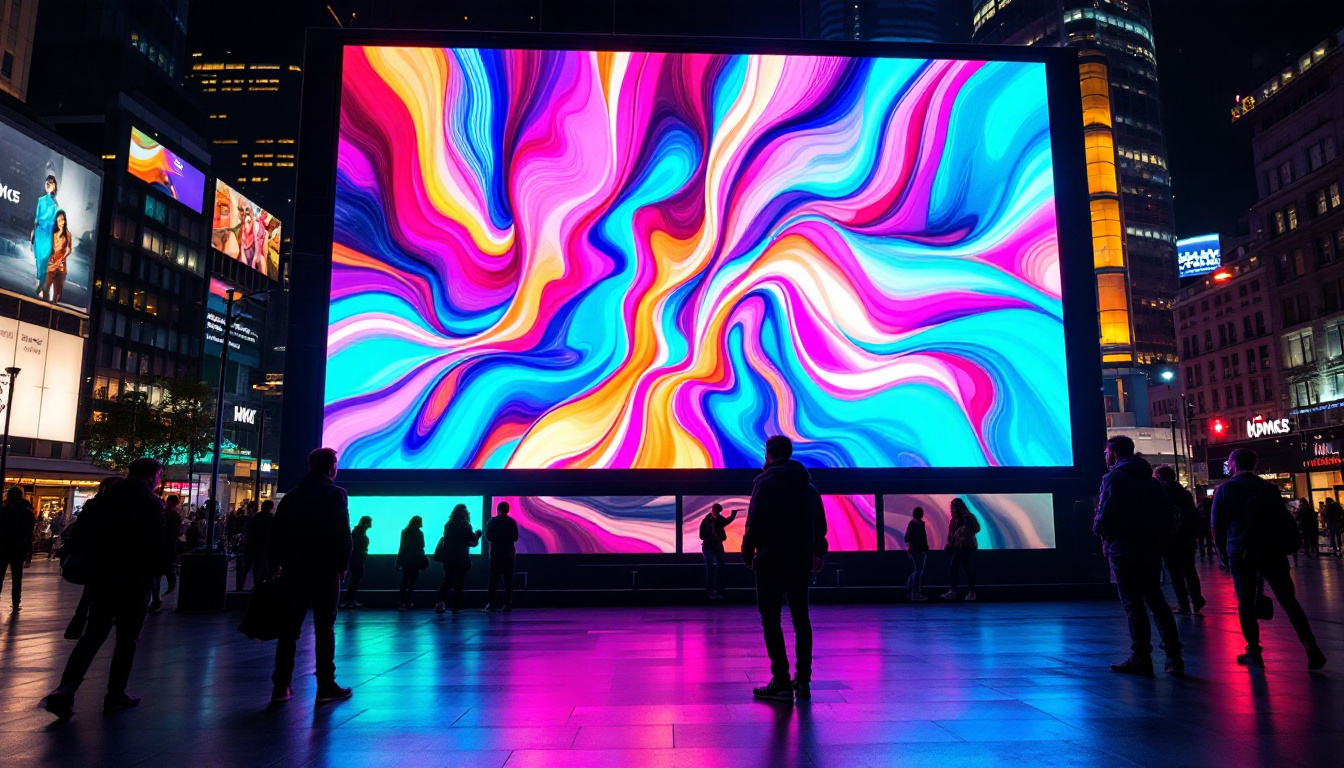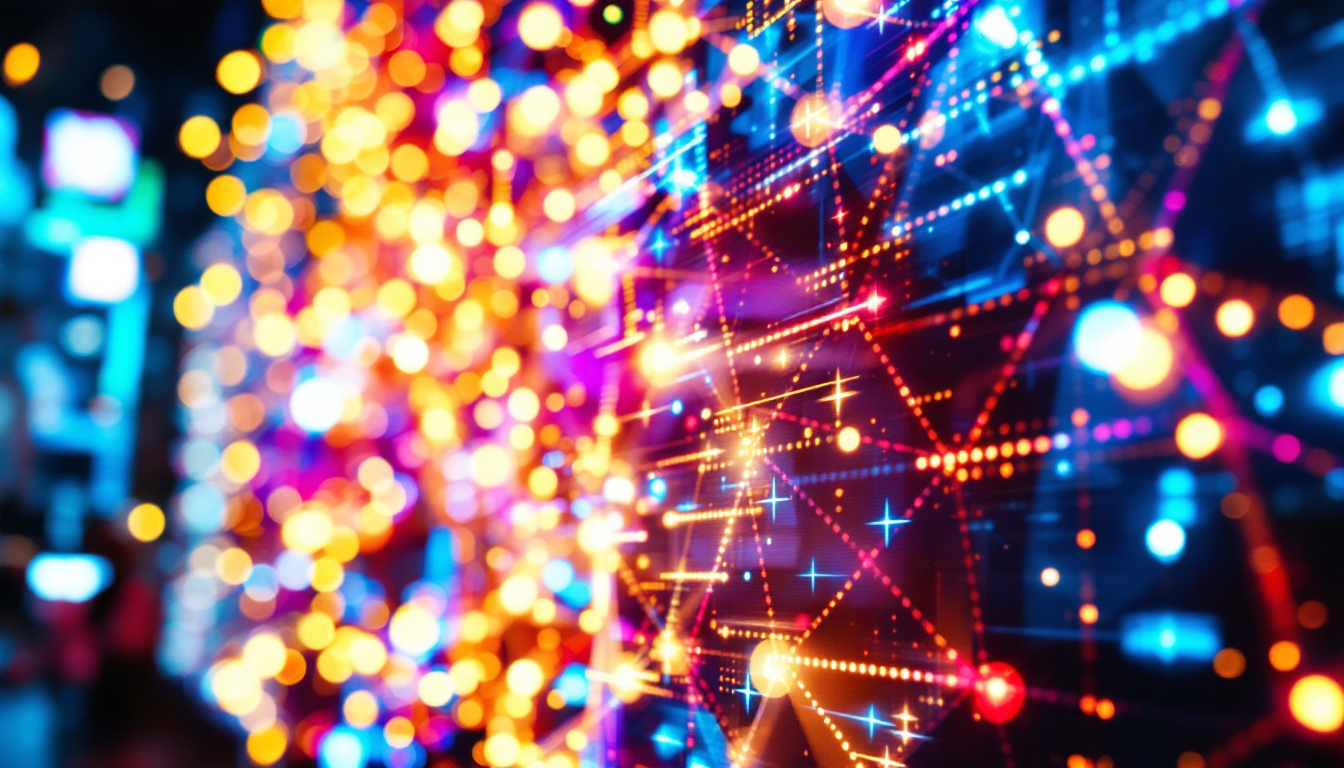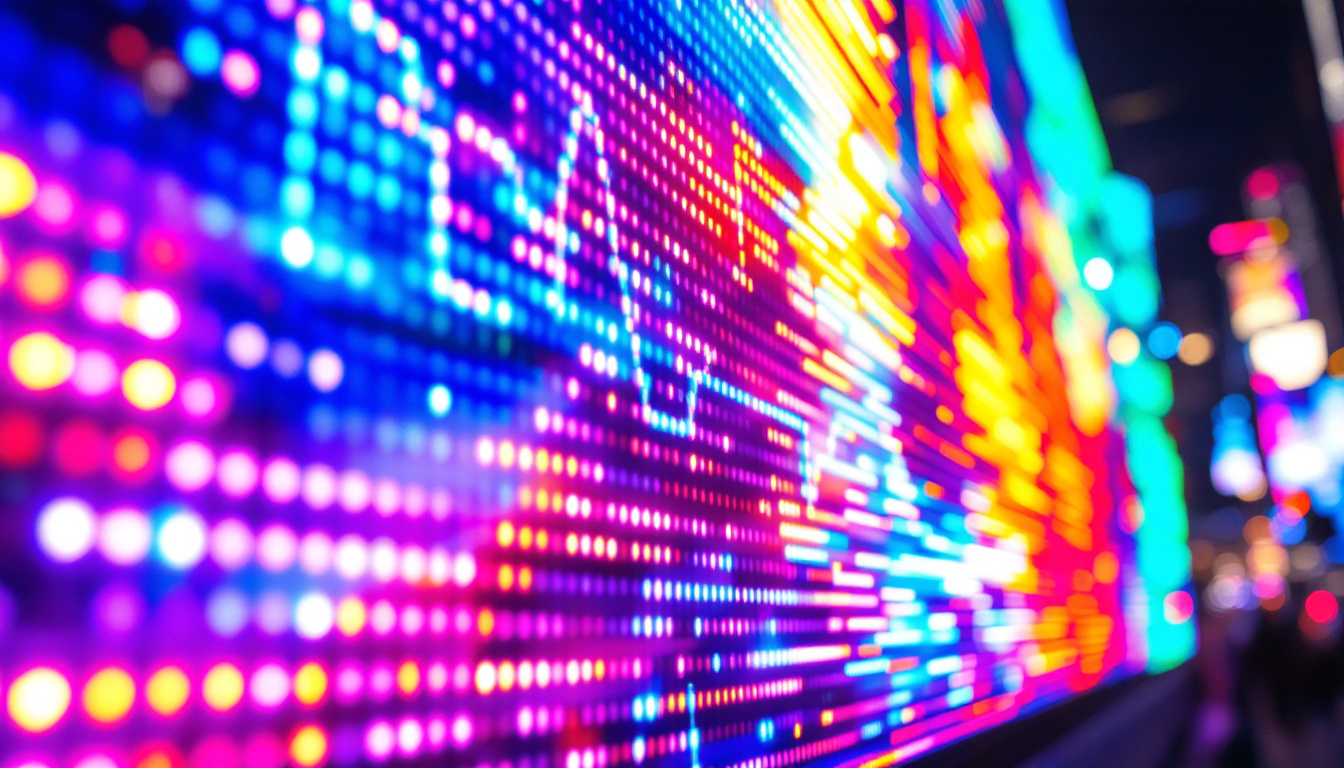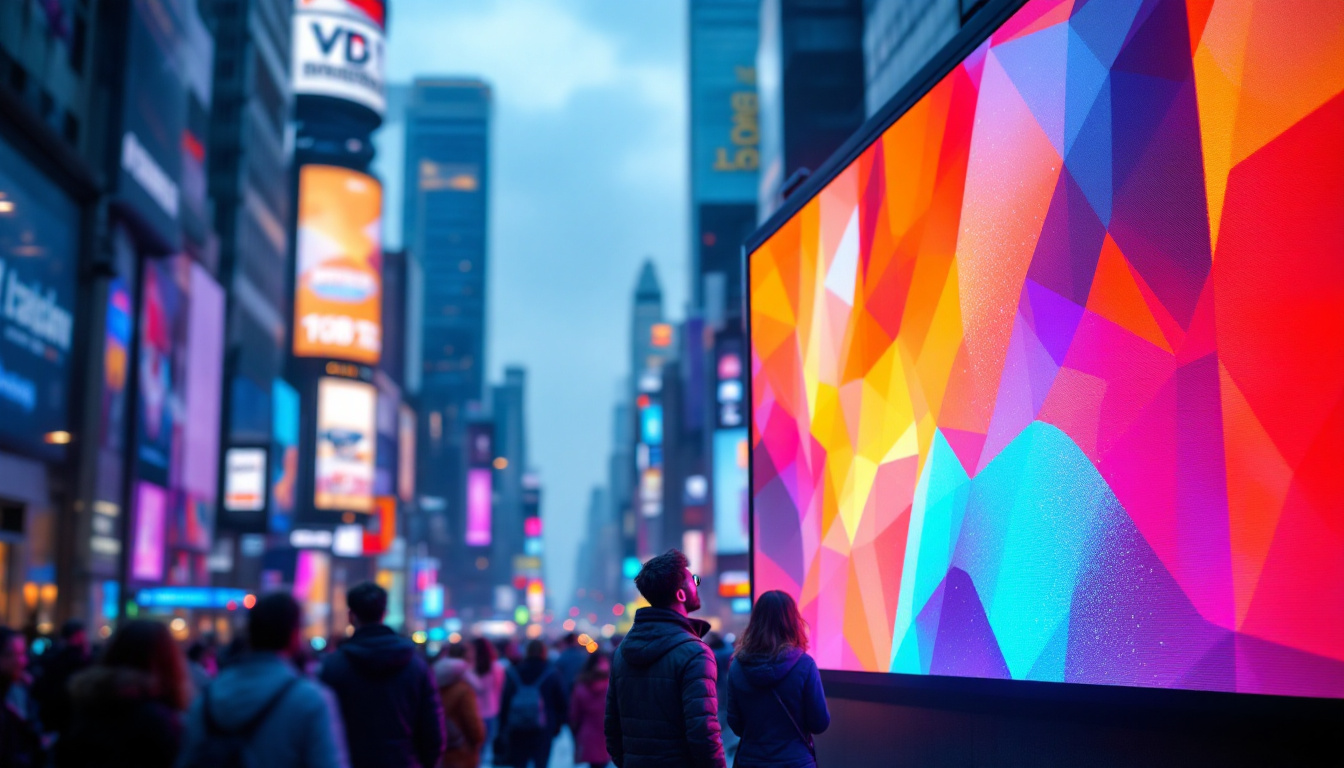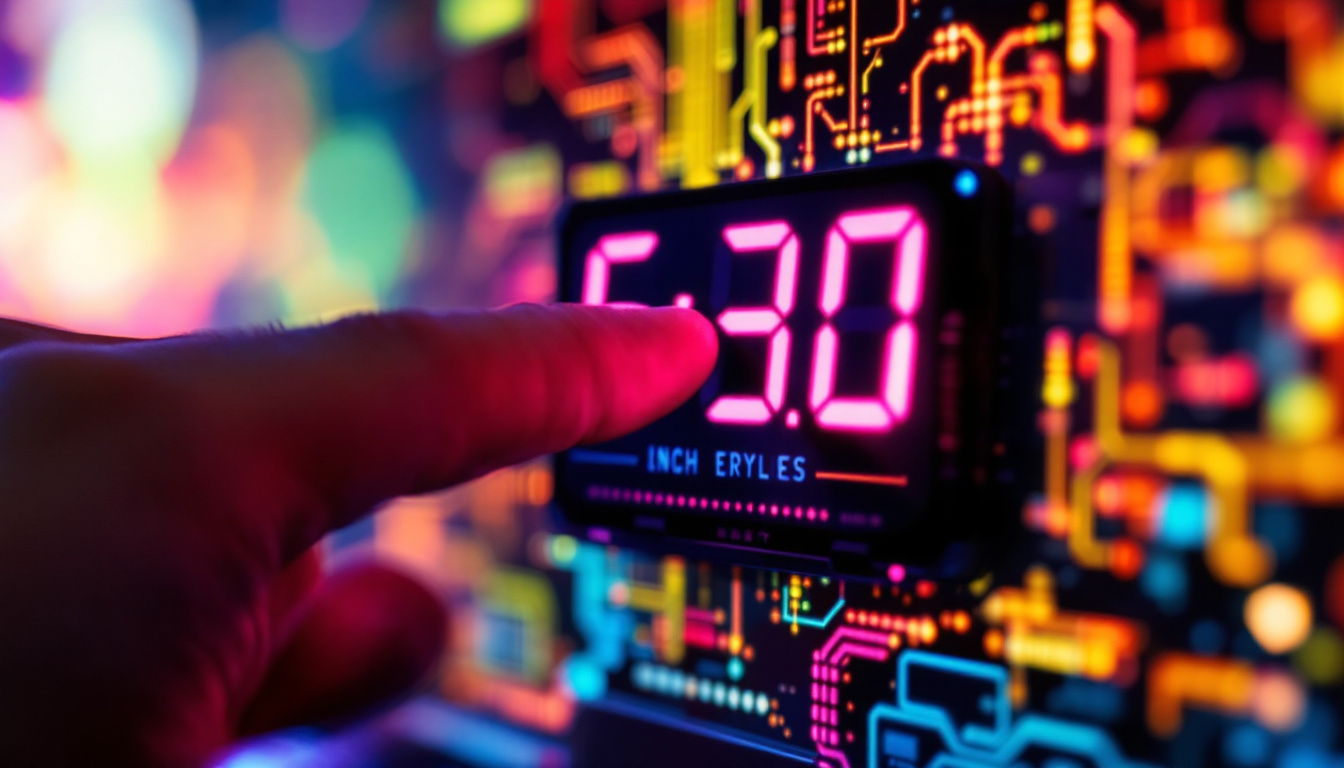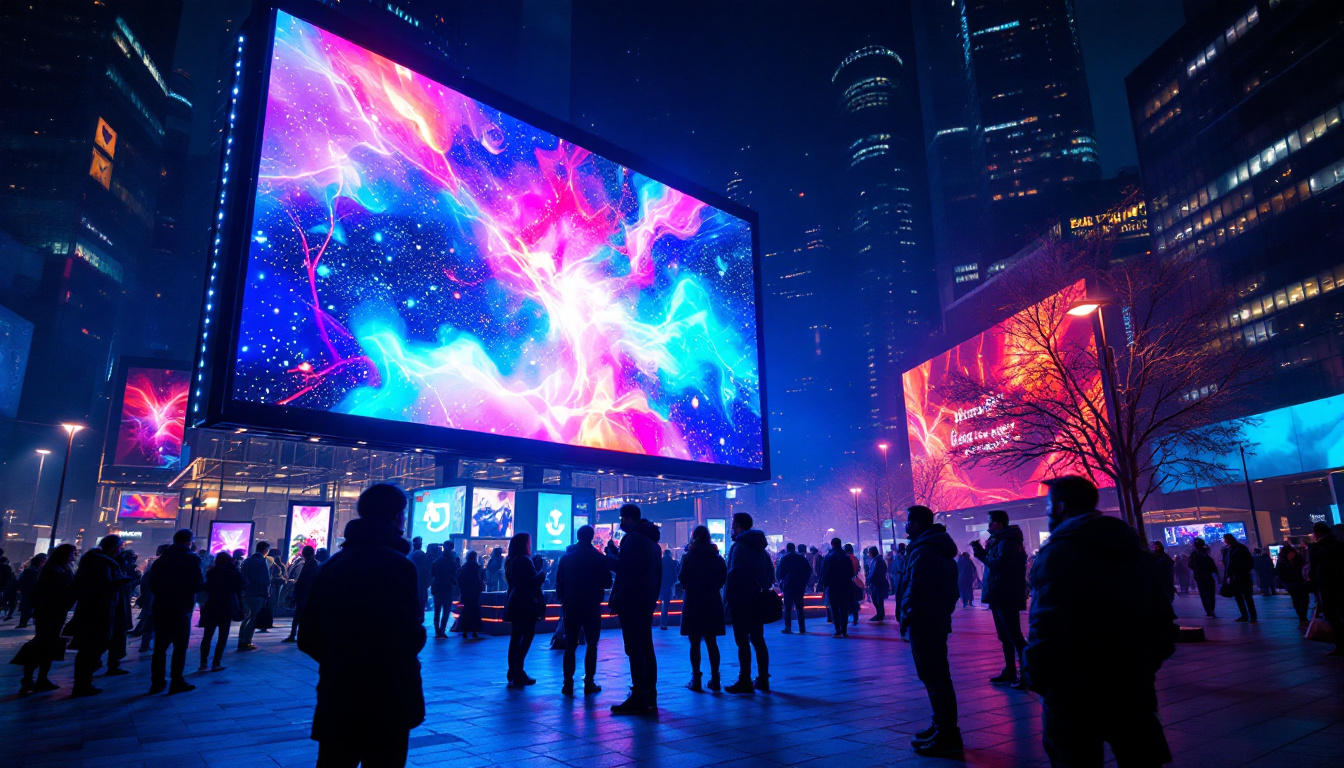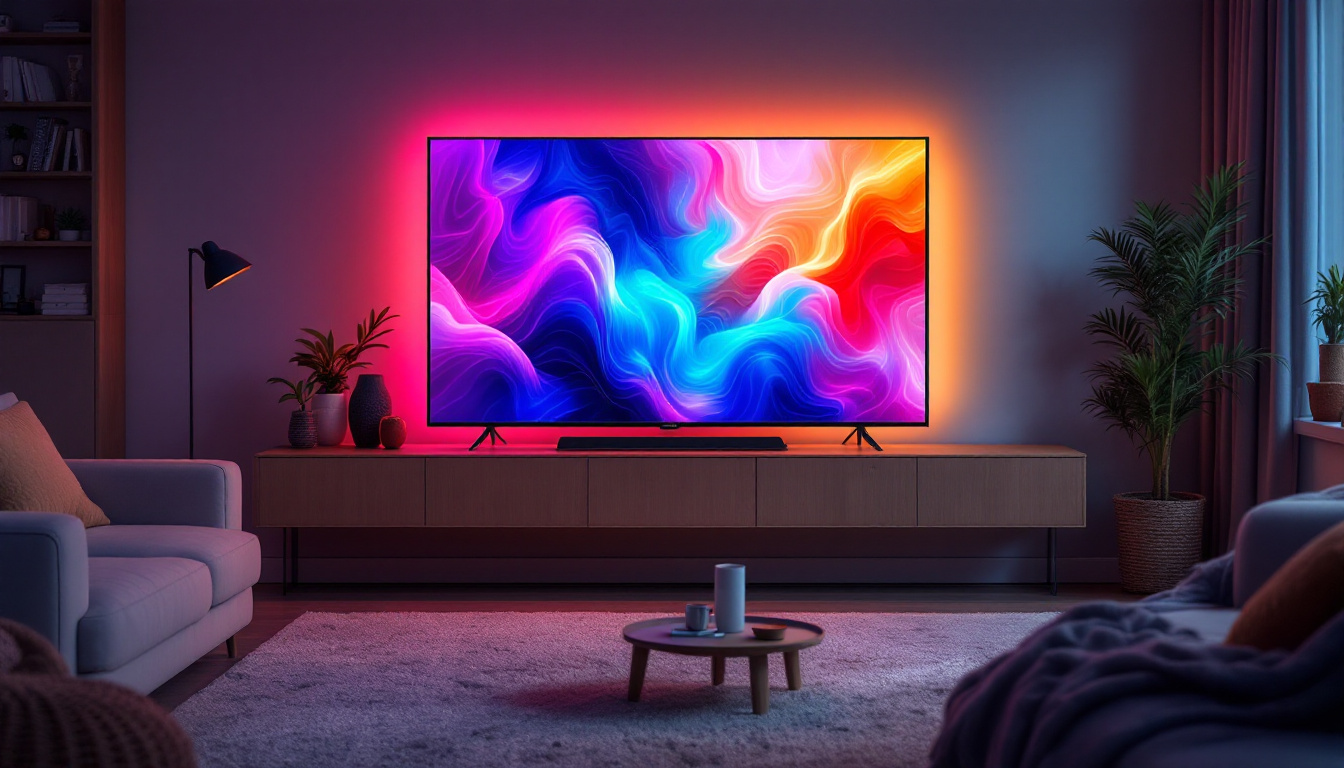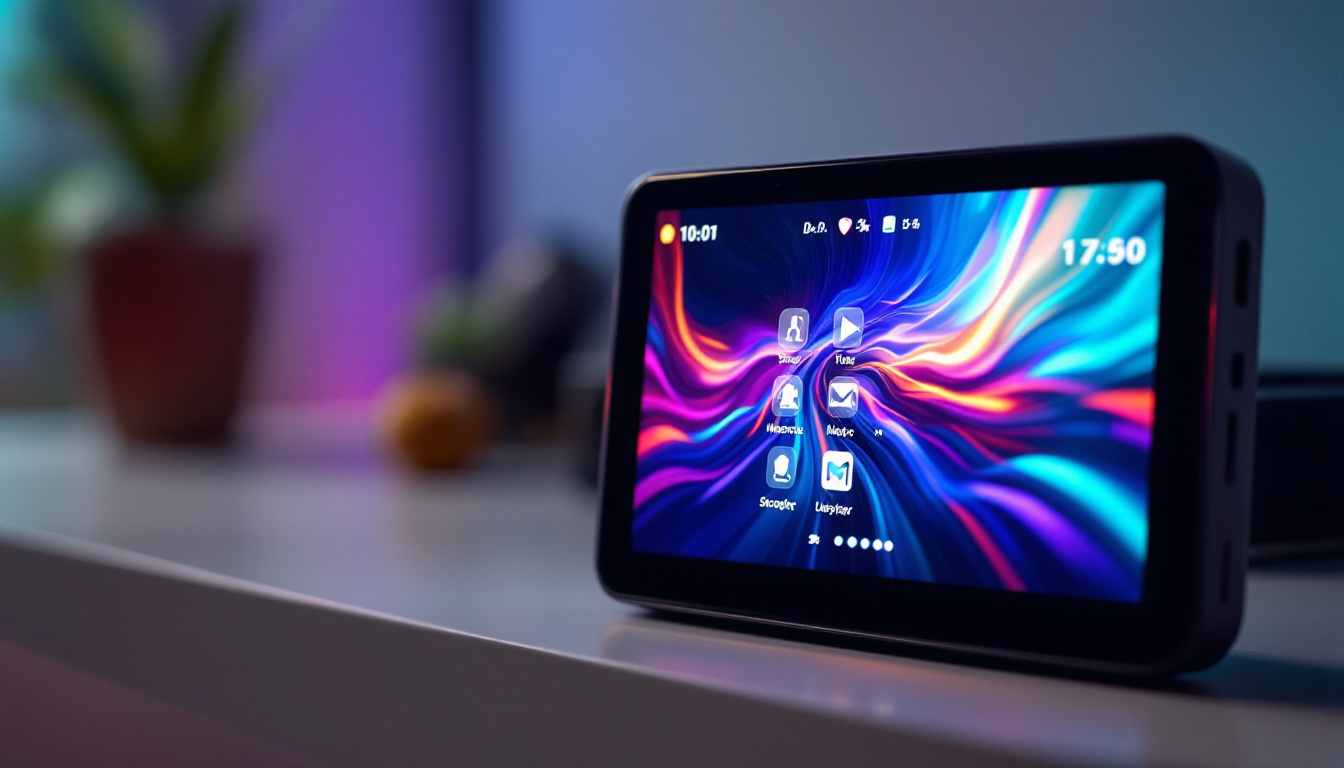Tokyo, a city that never sleeps, is renowned for its vibrant culture, bustling streets, and, most notably, its dazzling array of billboards. Among these, LED displays stand out as a hallmark of modern advertising and urban aesthetics. This article delves into the world of LED displays in Tokyo, exploring their technology, impact on advertising, and the unique experiences they offer to both residents and visitors.
The Evolution of Advertising in Tokyo
Advertising in Tokyo has undergone a significant transformation over the decades. From traditional paper posters to neon lights, and now to high-definition LED displays, the city has adapted to the changing landscape of consumer engagement. This evolution reflects not only technological advancements but also shifts in consumer behavior and preferences.
The Rise of Digital Billboards
As technology advanced, so did the methods of advertising. The introduction of digital billboards marked a turning point in the advertising industry. These displays allowed for dynamic content, real-time updates, and interactive features that traditional billboards could not offer. In Tokyo, this shift was embraced wholeheartedly, leading to a proliferation of LED displays across the city.
Today, LED billboards can be found in high-traffic areas such as Shibuya, Shinjuku, and Akihabara. Their ability to capture attention with bright colors and moving images has made them a favorite among advertisers looking to make a lasting impression. The vibrant visual landscape of Tokyo is now punctuated by these digital canvases, which not only promote products but also serve as a reflection of the city’s culture and energy. The advertisements often incorporate local trends, seasonal events, and even popular anime characters, making them resonate deeply with both residents and tourists alike.
Technological Advancements
LED technology has advanced significantly, resulting in displays that are brighter, more energy-efficient, and capable of producing stunning visuals. The pixel density of modern LED displays allows for high-definition images that can be viewed from various distances without losing clarity.
Additionally, advancements in software have enabled advertisers to create more engaging content. Interactive advertisements, augmented reality experiences, and real-time social media feeds are just a few examples of how LED displays are evolving to meet the demands of modern consumers. This interactivity has transformed the passive viewing experience into an engaging dialogue between brands and their audiences. For instance, some campaigns encourage passersby to participate in live polls or share their experiences on social media, effectively turning the city into a collaborative advertising platform. As a result, the lines between consumer and creator blur, fostering a sense of community and shared experience in the bustling urban environment.
The Impact of LED Displays on Urban Culture
LED displays in Tokyo are not just tools for advertising; they have become integral to the city’s identity. The bright lights and vibrant colors contribute to the unique atmosphere of Tokyo, transforming the urban landscape into a visually stimulating environment.
Creating a Sense of Place
The presence of LED displays contributes to the character of various neighborhoods in Tokyo. For instance, the iconic Shibuya Crossing, with its massive LED screens, has become a symbol of the city itself. Tourists flock to this area, not just to cross the street but to experience the sensory overload that the billboards provide.
In many ways, these displays help define the cultural landscape of Tokyo. They serve as landmarks, guiding both locals and tourists through the bustling city. The interplay of light and architecture creates a unique ambiance that enhances the overall experience of being in Tokyo. Beyond Shibuya, areas like Akihabara and Shinjuku also showcase LED displays that reflect the district’s character—Akihabara’s screens often highlight the latest in technology and anime culture, while Shinjuku’s vibrant advertisements cater to nightlife and entertainment, creating a dynamic tapestry of urban life.
Influencing Consumer Behavior
The effectiveness of LED displays in influencing consumer behavior cannot be overstated. Studies have shown that digital billboards can increase brand recall and consumer engagement significantly compared to traditional advertising methods. The dynamic nature of LED displays allows for timely promotions and targeted advertising, making them a powerful tool for businesses.
Moreover, the ability to showcase multiple advertisements in a short period means that consumers are exposed to a variety of brands and products, increasing the chances of impulse purchases. In a city like Tokyo, where the pace of life is fast, the immediacy of LED advertising can be particularly impactful. This rapid-fire approach to advertising also plays into the broader cultural phenomenon of FOMO—fear of missing out—encouraging consumers to act quickly on promotions before they disappear. Additionally, the integration of social media feeds into these displays allows for real-time interaction, further engaging the audience and creating a sense of community around shared experiences and trends.
Environmental Considerations
While LED displays are celebrated for their brightness and energy efficiency, they also raise important environmental concerns. As the number of digital billboards increases, so does the need for sustainable practices in their operation and maintenance.
Energy Consumption and Sustainability
LED technology is known for its lower energy consumption compared to traditional lighting methods. However, the sheer number of displays in Tokyo means that their cumulative energy use can still be significant. As cities around the world strive for sustainability, the advertising industry must also adapt.
Many companies are now exploring ways to offset their carbon footprint, such as using renewable energy sources to power their displays. Additionally, advancements in LED technology continue to improve energy efficiency, making it possible to reduce the overall environmental impact of these billboards. For instance, some innovative firms are integrating solar panels into their billboard designs, allowing them to harness sunlight and further diminish reliance on non-renewable energy sources. This not only reduces operational costs but also aligns with global efforts to combat climate change.
Moreover, the lifecycle of LED displays is becoming a focal point in sustainability discussions. Manufacturers are increasingly considering the materials used in production, aiming to utilize recyclable components and reduce waste. This shift towards a circular economy is crucial, as it encourages responsible consumption and disposal practices, ensuring that the environmental footprint of these displays is minimized from production to end-of-life.
Regulatory Measures
To address concerns about light pollution and the environmental impact of digital billboards, local governments in Tokyo have implemented regulations governing their use. These measures include restrictions on brightness levels, operational hours, and the placement of displays in certain areas.
Such regulations aim to strike a balance between the vibrant advertising culture of Tokyo and the need to maintain a livable urban environment. By promoting responsible advertising practices, the city can continue to thrive while minimizing its ecological footprint. Additionally, public awareness campaigns are being launched to educate citizens about the importance of these regulations, fostering a community that values both economic growth and environmental stewardship. Engaging the public in discussions about urban planning and advertising strategies can lead to more sustainable solutions that benefit both businesses and residents alike.
Furthermore, the city is exploring the potential of smart technology to enhance the efficiency of digital billboards. By incorporating sensors that adjust brightness based on ambient light conditions, these displays can further reduce energy consumption while maintaining visibility. This technological integration not only supports sustainability goals but also enhances the overall aesthetic of the urban landscape, creating a more harmonious environment where advertising and nature coexist. As Tokyo continues to evolve, the interplay between innovation, regulation, and community engagement will be vital in shaping a sustainable future for digital advertising.
Future Trends in LED Advertising
The future of LED advertising in Tokyo is poised for exciting developments. As technology continues to evolve, the possibilities for creative and engaging advertising are virtually limitless.
Integration of AI and Data Analytics
Artificial intelligence (AI) and data analytics are set to revolutionize the way advertisers approach LED displays. By analyzing consumer behavior and preferences, advertisers can create highly personalized content that resonates with their target audience.
Imagine walking through Shibuya and encountering a digital billboard that recognizes your interests and displays tailored advertisements. This level of personalization not only enhances the consumer experience but also increases the effectiveness of advertising campaigns.
Augmented Reality Experiences
Augmented reality (AR) is another trend that is gaining traction in the world of advertising. By integrating AR technology with LED displays, advertisers can create immersive experiences that engage consumers in new and exciting ways.
For example, a digital billboard could allow passersby to interact with virtual elements, such as trying on clothes or visualizing products in their own environment. This interactivity adds a layer of engagement that traditional advertising methods simply cannot match.
Conclusion
Tokyo’s LED displays are more than just tools for advertising; they are a reflection of the city’s dynamic culture and technological innovation. As the landscape of advertising continues to evolve, these displays will undoubtedly play a pivotal role in shaping the future of urban experiences.
From their impact on consumer behavior to their contributions to the city’s identity, LED billboards are an integral part of what makes Tokyo unique. As sustainability becomes increasingly important, the advertising industry must adapt to ensure that these vibrant displays can coexist harmoniously with the urban environment.
As technology advances and new trends emerge, the potential for LED displays in Tokyo is limitless. The city will continue to be a canvas for creativity and innovation, captivating the hearts and minds of all who visit.
Illuminate Your Brand with LumenMatrix
As Tokyo’s urban tapestry continues to evolve with LED innovations, your brand has the opportunity to shine amidst the city’s iconic skyline. LumenMatrix, a leader in LED display technology, offers a spectrum of solutions to bring your message to life. From the bustling streets to the heart of business districts, our Indoor and Outdoor LED Wall Displays, Vehicle LED Displays, and more, are designed to captivate and engage audiences. Embrace the future of visual communication with LumenMatrix and transform how your brand interacts with the world. Check out LumenMatrix LED Display Solutions and join the revolution of digital storytelling.


